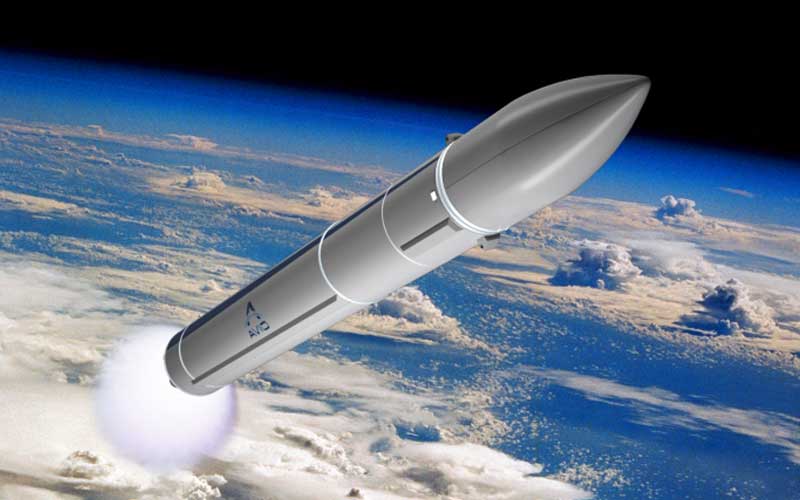
Italian rocket builder Avio has revealed that it plans to introduce its post-Vega-E “Vega Next” rocket beyond 2032.
Last week the final flight of the original Vega rocket was completed, with the rocket successfully deploying the Sentinel 2C Earth observation satellite. Avio is now working toward requalifying the second stage of the rocket’s successor, Vega C, for a return-to-flight mission that is expected to be attempted before the end of 2024. Assuming its return is successful, the rocket will become the company’s primary offering for its launch business going forward. However, it will likely not remain in its current form for long.
In its 2024 half-year financial report, Avio outlined the company’s development timeline from the reintroduction of Vega C to beyond 2030. Following the full introduction of Vega C, Avio will begin working toward a midlife upgrade of the rocket. This more powerful version, which will be called Vega C+, will utilize a P160 first stage booster, an upgraded variant of the P120 booster. According to Avio, this version of the rocket will offer a 200-kilogram improvement in payload performance over a standard Vega C rocket.
In addition to working toward an upgrade of the rocket, Avio is also in the process of developing a new upper stage engine to replace the Ukrainian-made RD-843 engine currently being utilized.
According to Avio, production of the RD-843 engines, which the company refers to as the MEA engine, continues despite Russia’s continued invasion of the country. This means that the supply of MEA engines is secure in the medium term from 2025 to 2027. However, the company has also not excluded the possibility of a worsening outlook in Ukraine. It is, as a result, exploring alternatives. The long term goal is to complete the development of the Multi-Purpose Green Engine (MPGE), which will replace the MEA engines aboard both Space Rider and Vega C. In March 2023, Avio received €55 million from Italy’s covid recovery fund (PNRR) to complete development of the MPGE project.
Much like Vega C, Vega C+ will not serve as the company’s primary launch vehicle for very long with the introduction of the Vega E rocket expected in 2027. This version of the rocket will retain the first and second stages of the Vega C+ rocket and substitute the third and fourth stages for a single liquid fuel stage powered by the company’s new M10 methalox rocket engine.
At the same time, Avio will also be working on its In Flight Demonstrator (IFD) vehicles which will be used to study reusable rocket technology that can be applied to the company’s Vega E successor. The programme, which was initially referred to as the Space Transportation System (STS), received €181.6 million in PNRR funding in 2023. However, that award was initially allocated for one two-stage demonstrator with the programme now shifting to include a second vehicle. The first IFD vehicle will be a small single-stage-to-orbit demonstrator. Avio will then move onto the two-stage-to-orbit rocket demonstrator. Both rockets will utilize the company’s M10 rocket engine. The first IFD flight is expected to be conducted in 2026.
In addition to the IFD vehicles, Avio will also be working on another key piece of its future in the M60 rocket engine, which will be capable of generating 60 tonnes of thrust. The High Thrust Engine (HTE) programme under which the M60 engine is being developed received €103.7 million in PNRR funding in early 2023. Development of the engine is expected to be completed in 2026. Once operational, it will be utilized for what the company refers to as its Vega Next rocket. According to Avio, it projects that it will be able to introduce this, its first fully liquid-fueled rocket, beyond 2032.




